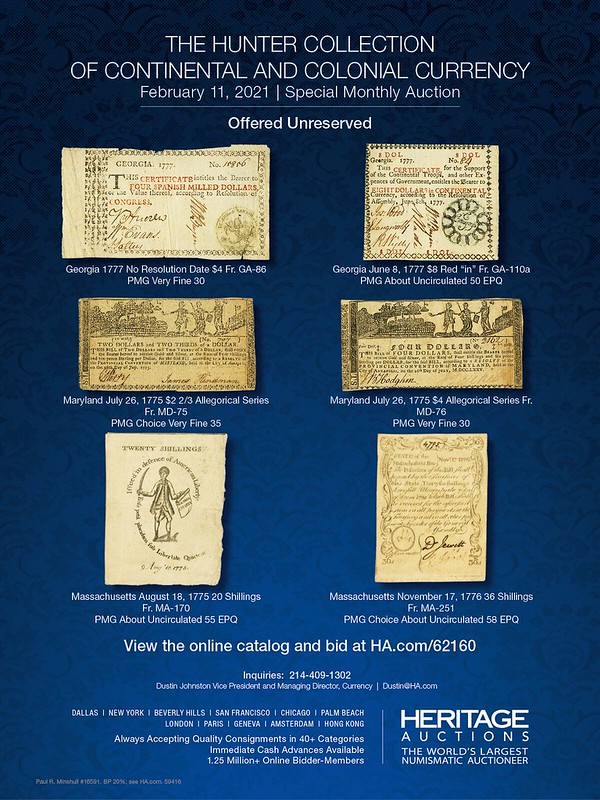
PREV ARTICLE
NEXT ARTICLE
FULL ISSUE
PREV FULL ISSUE
PROVENANCES OF ANCIENT COINSDealer Ed Waddell published an article December 17, 2020 on CoinWeek about provenances of ancient coins and famous collectors including Sir Arthur John Evans, Professor Samuel Pozzi, and Sir Hermann Weber. Here's an excerpt - see the complete article online. -Editor 
Rome, bronze sestertius for Diva Faustina I, 141 CE with the silver double eagle inset on the obverse as a collector's mark. Photo courtesy of American Numismatic Society. The provenance or pedigree of an ancient coin to a former collection adds historical interest and prestige to the ownership of said coin. In the case of important collections of the past, it provides a tangible link to those former numismatists. In some cases, provenance can add considerably to the monetary value of the coin. In today's world of cultural property laws, it may also establish a legal basis for the coin's ownership. There is a long history of coin collecting. A series of coins produced at Rome circa 112-114 CE during the reign of Emperor Trajan commemorate an earlier coinage dating back to the late third century BCE under the Roman Republic. The details of these types are sufficiently comparable to their antecedents that the originals had to have been available to the die engraver. Either a State or personal collection, perhaps of a Roman intellectual, must have been consulted. There were almost certainly earlier collections as well, but the records are scant. With the revival of the importance of classical antiquity during the Italian Renaissance, noble families started to form collections such as those of the Gonzaga and Este families in the 15th century. Their coins were stamped with a heraldic eagle as an indication of ownership. Northern humanists of the 16th century, such as Erasmus and Sir Thomas More, exchanged ancient coins as gifts among their circles of fellow scholars. North Some of the holdings of European nobility became the foundations for the first national museum collections. The British Museum was already consigning its first selection of duplicate coins to an auction in 1774.
To read the complete article, see:

Wayne Homren, Editor The Numismatic Bibliomania Society is a non-profit organization promoting numismatic literature. See our web site at coinbooks.org. To submit items for publication in The E-Sylum, write to the Editor at this address: whomren@gmail.com To subscribe go to: https://my.binhost.com/lists/listinfo/esylum All Rights Reserved. NBS Home Page Contact the NBS webmaster 
|